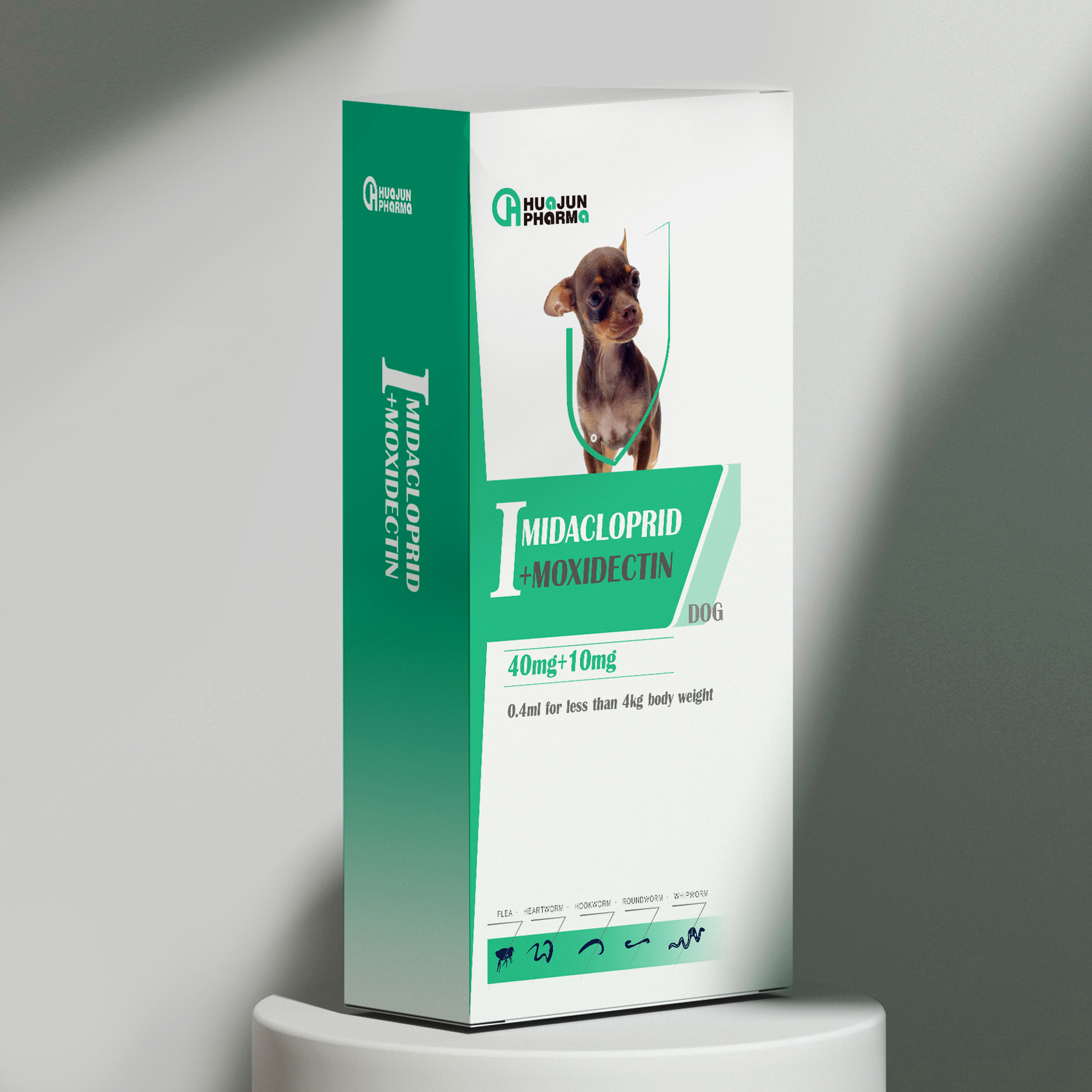
Гру . 24, 2024 12:41 Back to list
Leptospirosis Management in Cattle and Sheep Solutions from Leading Manufacturers
Leptospirosis in Cattle and Sheep Understanding the Impact and Prevention
Leptospirosis, a bacterial infection caused by the Leptospira species, is a significant zoonotic disease affecting various animal species, including cattle and sheep. This disease poses serious health risks not only to livestock but also to humans who interact with infected animals or their environments. The implications of leptospirosis in cattle and sheep, combined with its impact on the agricultural industry, necessitate a comprehensive understanding of the disease, its prevention, and management.
Overview of Leptospirosis
Leptospirosis is caused by spirochete bacteria from the genus Leptospira, which can be found in various environments, especially in warm and moist conditions. Livestock, particularly cattle and sheep, can become infected through direct contact with contaminated water, soil, or food, as well as through contact with other infected animals. The disease typically manifests through various clinical signs, ranging from mild to severe, including fever, jaundice, and reproductive issues.
In cattle, leptospirosis often results in significant reproductive challenges, such as decreased fertility, abortion, stillbirths, and weakness in calf growth. In sheep, while the disease is less commonly reported, it can also cause reproductive losses and affect the overall health of the flock. These outcomes not only affect animal welfare but can also lead to economic losses for farmers due to decreased productivity and increased veterinary costs.
Transmission and Risk Factors
Leptospira bacteria are shed in the urine of infected animals, which can contaminate water sources, soil, and feed. Cattle and sheep can become infected through skin abrasions or mucous membranes when they come into contact with contaminated environments. Factors that increase the risk of transmission include high population density, poor sanitation practices, and environmental conditions such as flooding or heavy rainfall that can facilitate the spread of the bacteria.
Pasture management also plays a crucial role in the control of leptospirosis. Grazing in areas where water collects or in proximity to wildlife and rodents can elevate the risk of exposure. Additionally, cattle and sheep are more susceptible to infection if they have compromised immune systems, further underscoring the importance of maintaining overall herd health.
Symptoms and Diagnosis
leptospirosis in cattle and sheep manufacturers

Clinical signs of leptospirosis can vary significantly among individual animals and may not always be easy to identify. Common symptoms in cattle include fever, loss of appetite, lethargy, and, in some cases, sudden death. In sheep, symptoms might be less apparent but can include reproductive issues and general lethargy.
Diagnosis typically involves serological tests to detect specific antibodies against Leptospira bacteria, along with a thorough veterinary examination. Early detection is vital for effective management and treatment of the disease, emphasizing the importance of regular health assessments and monitoring of livestock.
Prevention and Control Measures
Preventing leptospirosis in cattle and sheep requires a multifaceted approach. Livestock owners should prioritize good hygiene and biosecurity practices, such as ensuring clean water supply, proper sanitation of feeding areas, and reducing exposure to wildlife and rodents. Vaccination is also a key measure; several vaccines are available that can provide protection against common serovars of Leptospira in cattle.
Additionally, implementing effective pasture management strategies can minimize the risk of infection. Practices such as rotating pastures, avoiding grazing in wet areas, and maintaining a clean environment can significantly reduce the likelihood of disease transmission.
Regular veterinary check-ups and health monitoring are also essential components of a comprehensive prevention strategy. Producers should work closely with veterinarians to develop vaccination protocols and health management plans tailored to their specific herds.
Conclusion
Leptospirosis presents a significant challenge for cattle and sheep producers, with direct implications for animal health, welfare, and overall agricultural productivity. By understanding the disease's transmission, symptoms, and prevention strategies, livestock owners can protect their animals and minimize economic losses. Ultimately, a proactive approach combining vaccination, biosecurity measures, and regular veterinary care can mitigate the risks of leptospirosis and support the long-term health of cattle and sheep populations.
-
Amoxicillin for Rats Factories | Trusted Bulk Manufacturer & Supplier
NewsAug.25,2025
-
Leading Swine Fever Solutions: Custom & Factory-Direct Supply
NewsAug.24,2025
-
Advanced Nutrition Sepsis Factories: Custom Fish Feed Supply
NewsAug.23,2025
-
Leading Vitamin C Factory: High-Quality Bulk Supply
NewsAug.22,2025
-
China Salmonella Solutions: Custom Strains & Lab Testing
NewsAug.21,2025
-
Amoxicillin Powder for Poultry: Factory-Direct Quality & Potency
NewsAug.19,2025


